Hacker runs virtualized Windows 10 on ARM on the Apple M1 processor
2 min. read
Updated on
Read our disclosure page to find out how can you help MSPoweruser sustain the editorial team Read more
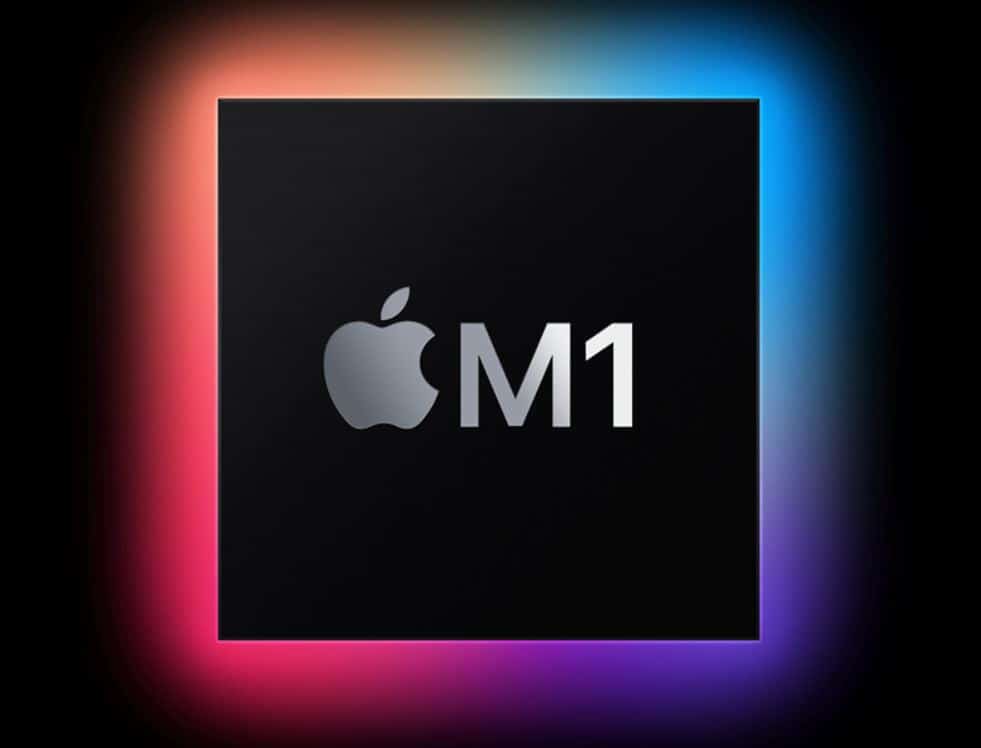
For more than 10 years MacOS users have been able to run Windows on their computers via Bootcamp and virtualization solutions like Parallels, allowing them to access the large library of software and games which are best on Windows.
This changed with the introduction of Apple’s new Apple M1-powered Macbooks for which there is not a currently supported version of Windows 10, by either Microsoft or Apple.
Today developer Alexander Graf has however revealed that he has managed to get Windows 10 on ARM to successfully run in the open-source QEMU virtualized, with a patch which means the ARM code executes directly on the Apple M1 processor without being first translated to x86 code and then back to ARM.
Who said Windows wouldn't run well on #AppleSilicon? It's pretty snappy here ?. #QEMU patches for reference: https://t.co/qLQpZgBIqI pic.twitter.com/G1Usx4TcvL
— Alexander Graf – @[email protected] (@_AlexGraf) November 26, 2020
The solution gets around the lack of drivers for the new Apple hardware (normally provided by Bootcamp) while still allowing for native-level performance. Because Windows 10 on ARM includes its own x86 translator you can even run 32bit x86 Windows apps on your ARM-powered laptop also reportedly with pretty good performance.
Windows 10 ARM64 can run x86 applications pretty well. It's not as fast as Rosetta2, but close.
— Alexander Graf – @[email protected] (@_AlexGraf) November 27, 2020
Graf ran the Windows ARM64 Insider Preview through the Hypervisor.framework and via a custom patch to the QEMU virtualizer, was able to “achieving near-native performance” by executing the guest code directly on the host CPU.
There is still some work to do, and companies like Parallels have already said they are working on support for the Apple M1 processor, which suggests new Macbook owners will soon have more software options. It is notable however that Microsoft does not make a standalone version of Windows 10 on ARM available, which may be a barrier to routine deployment of such a solution.
via Macrumors

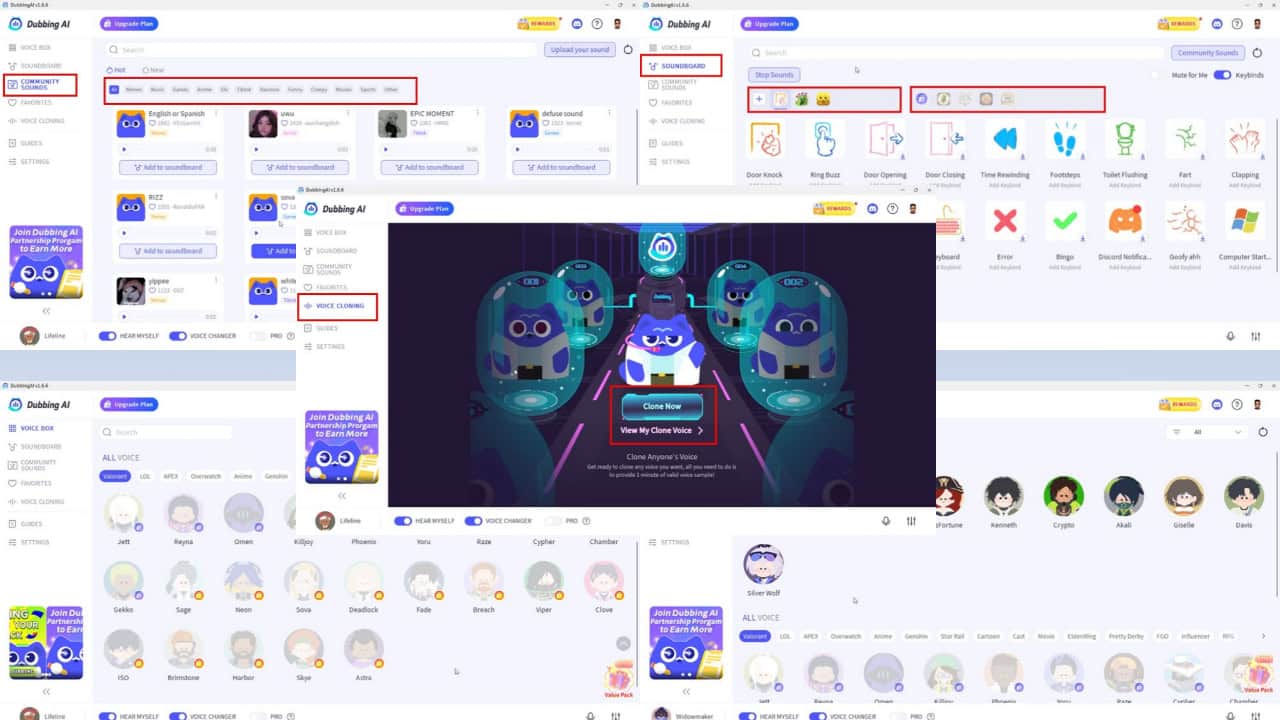

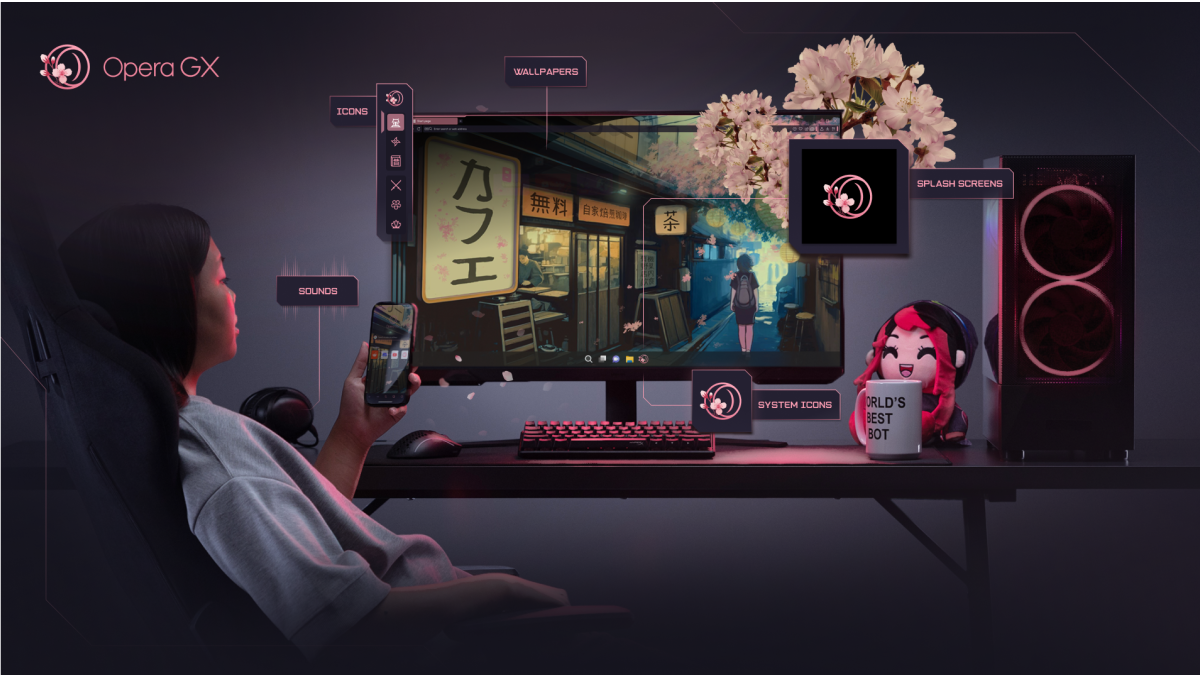
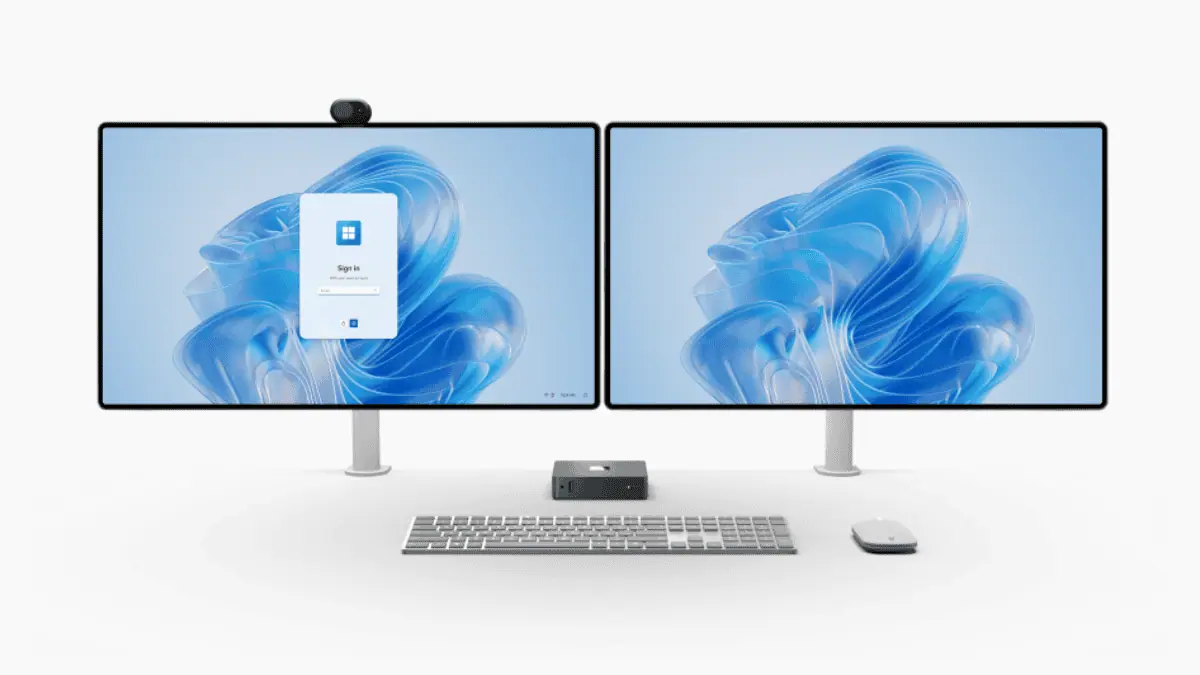
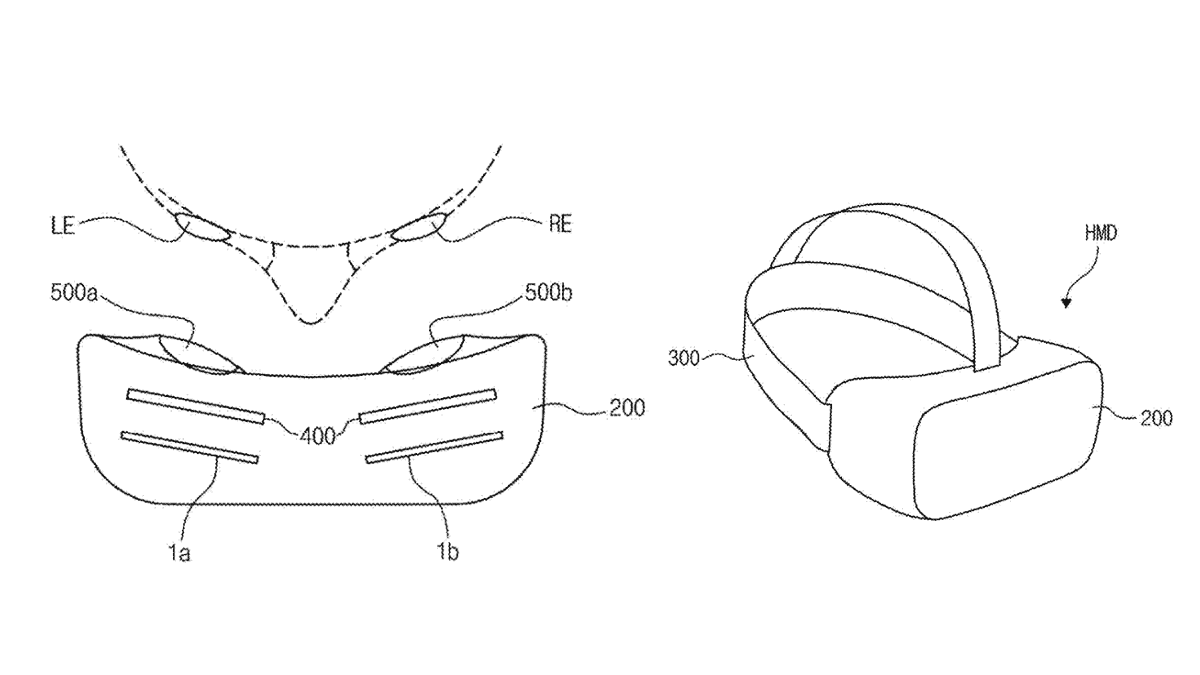

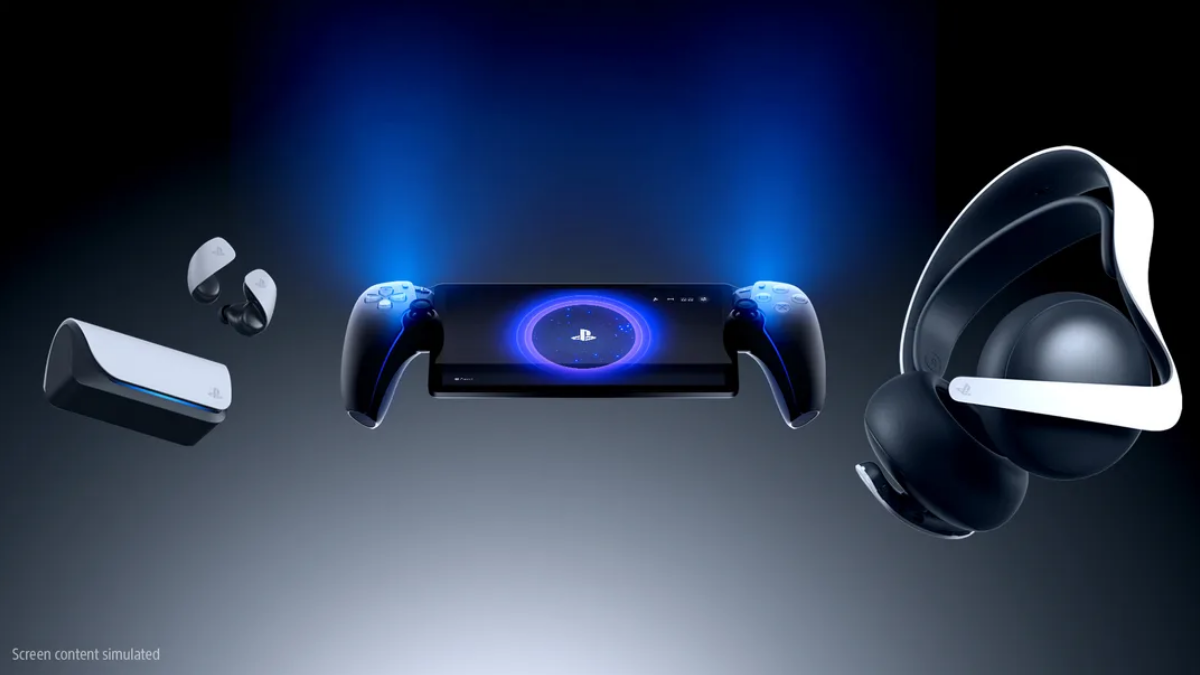
User forum
0 messages